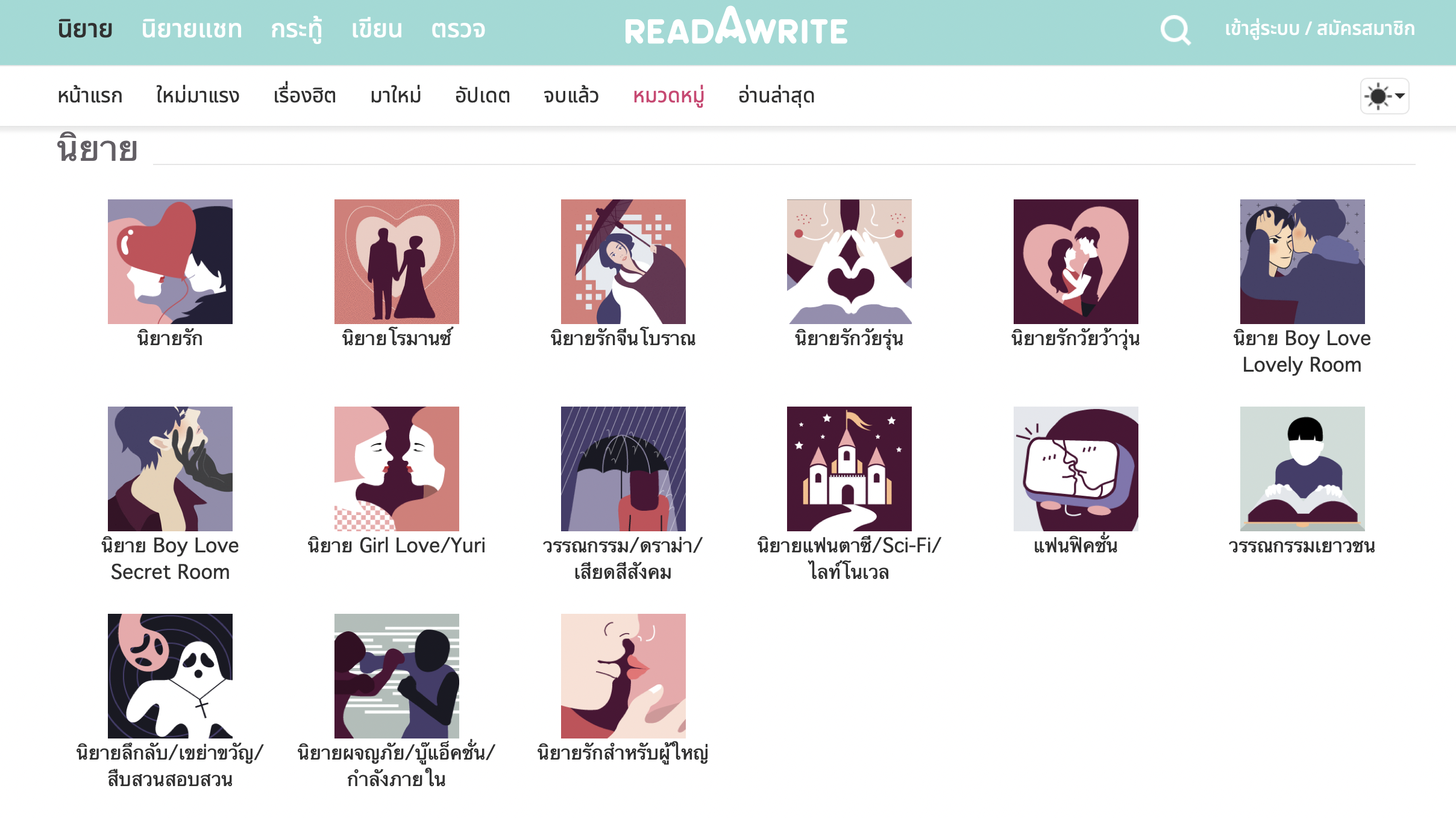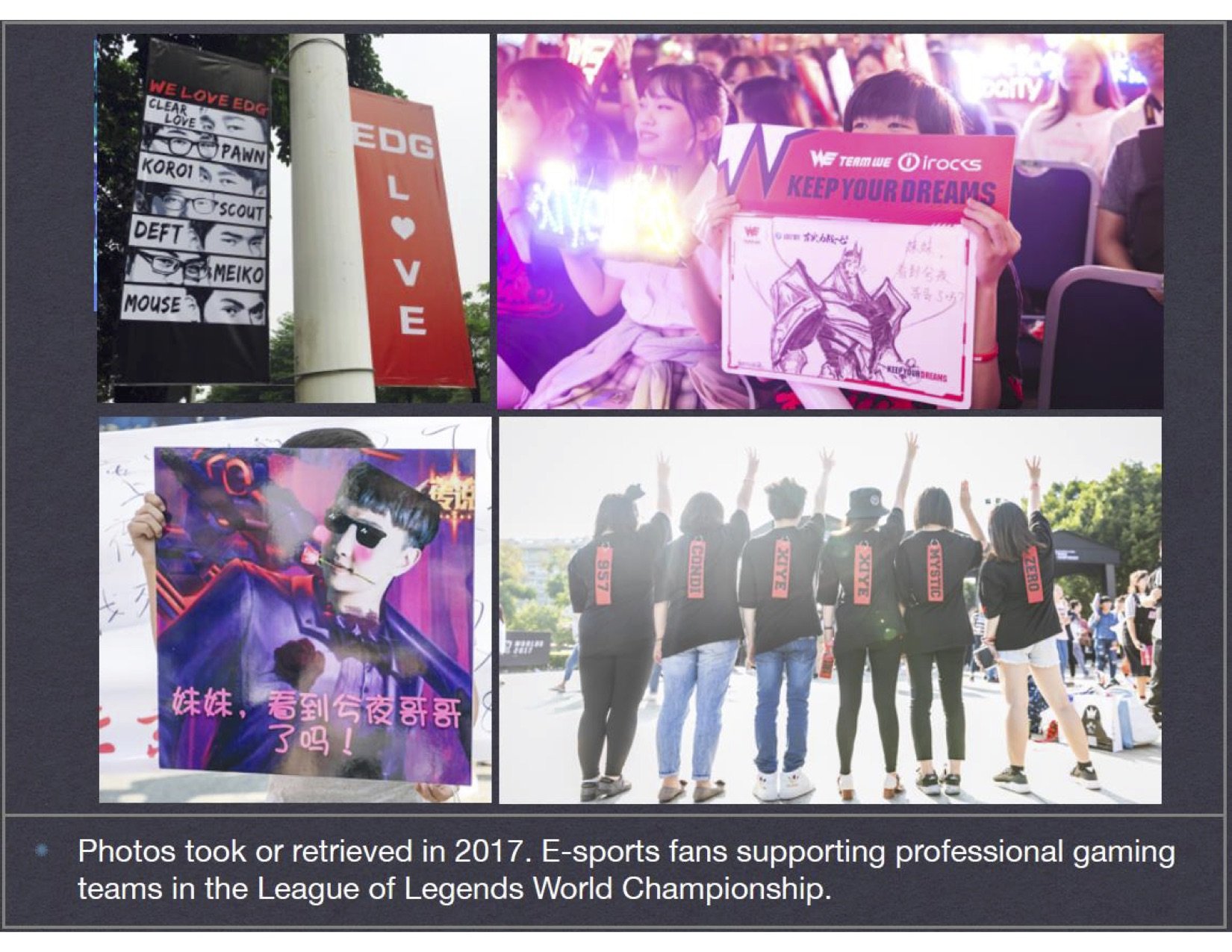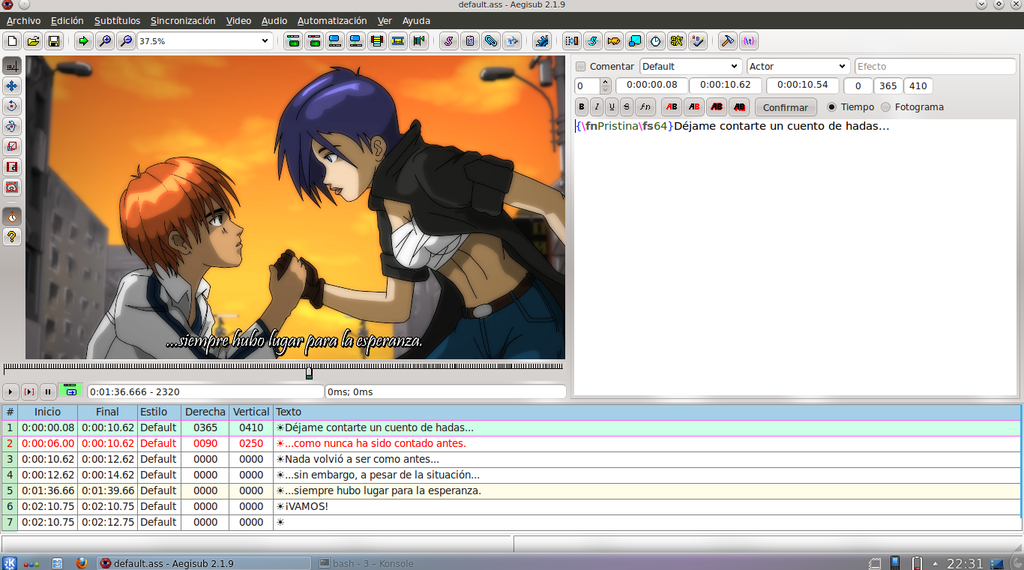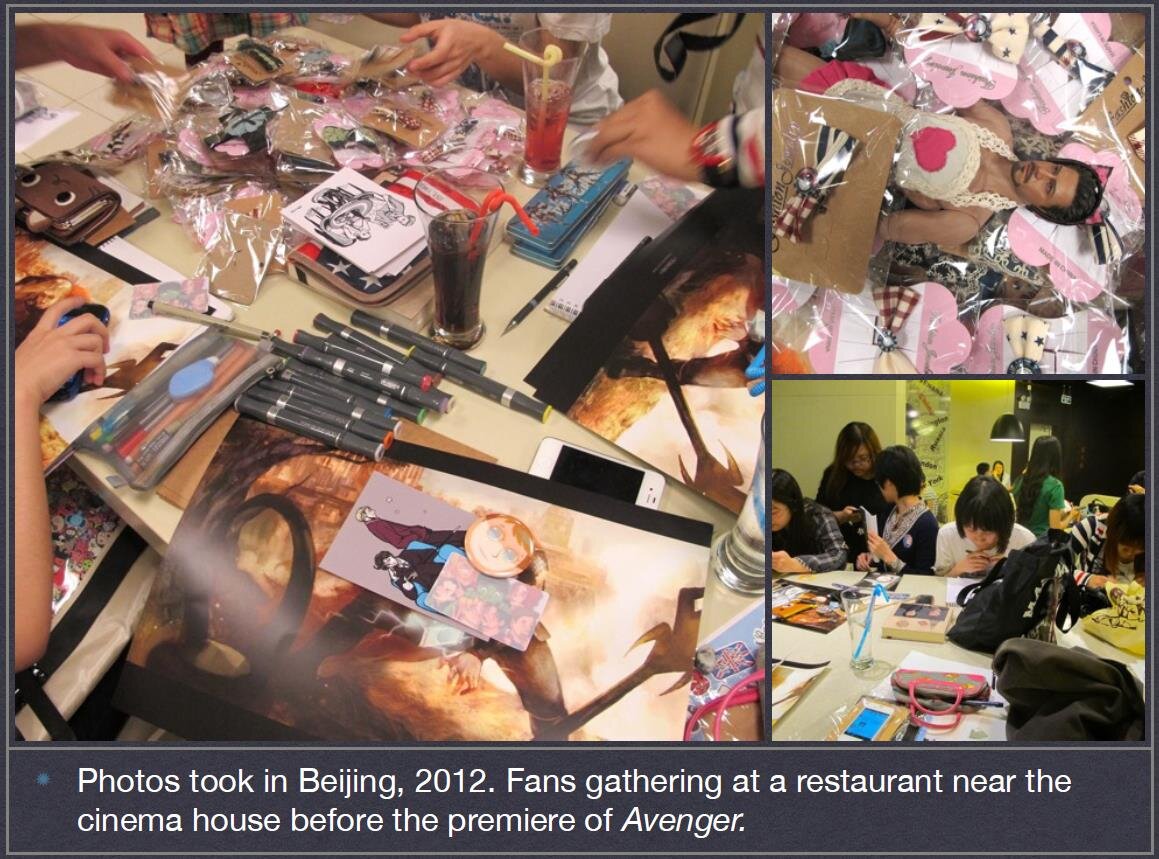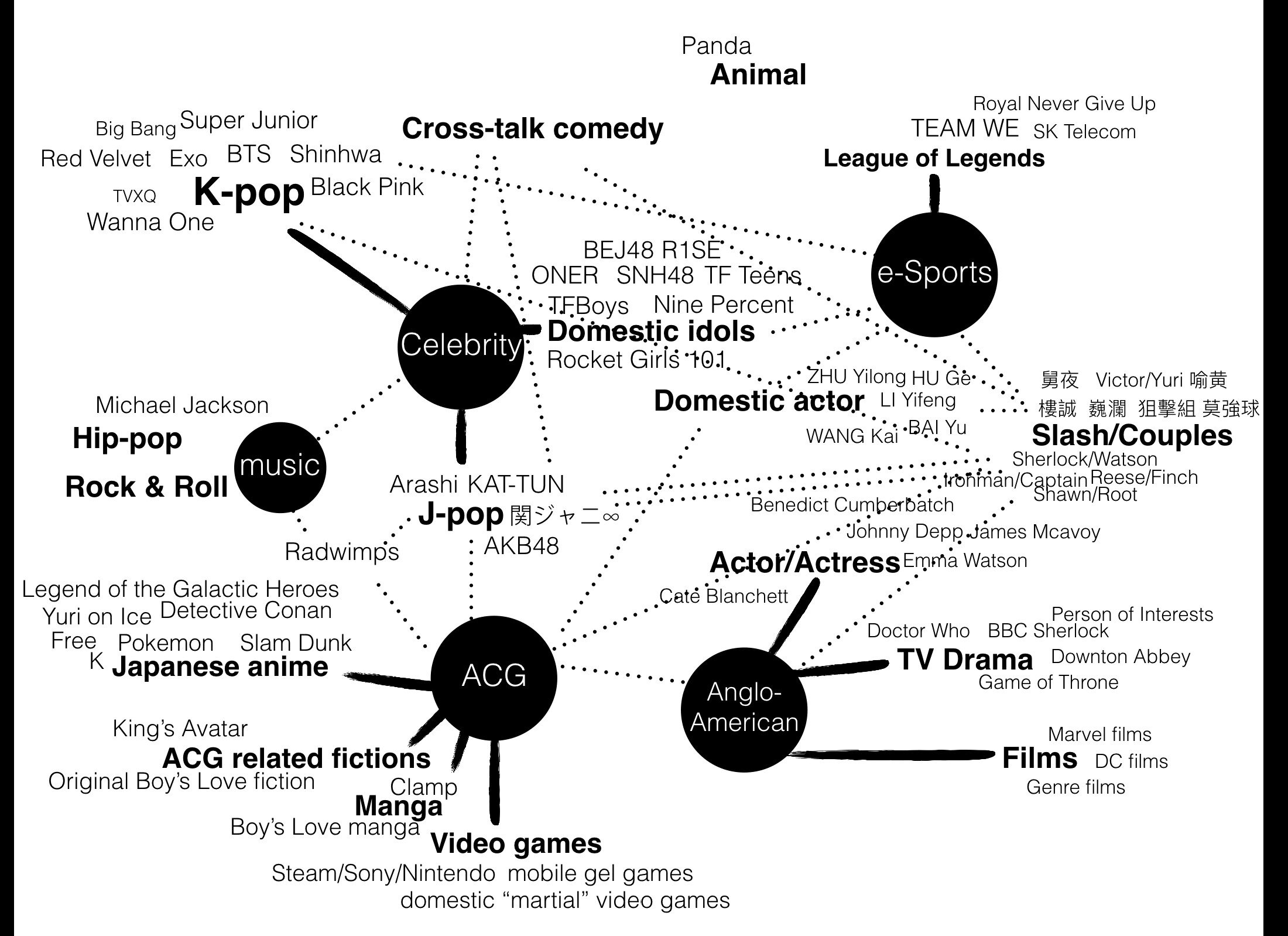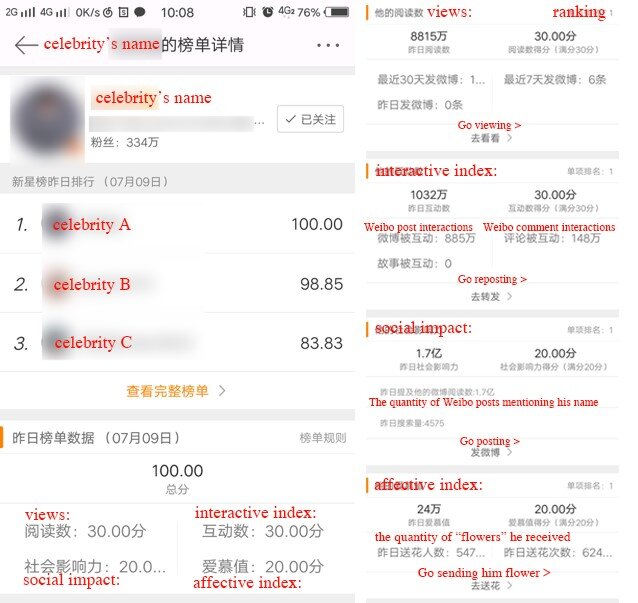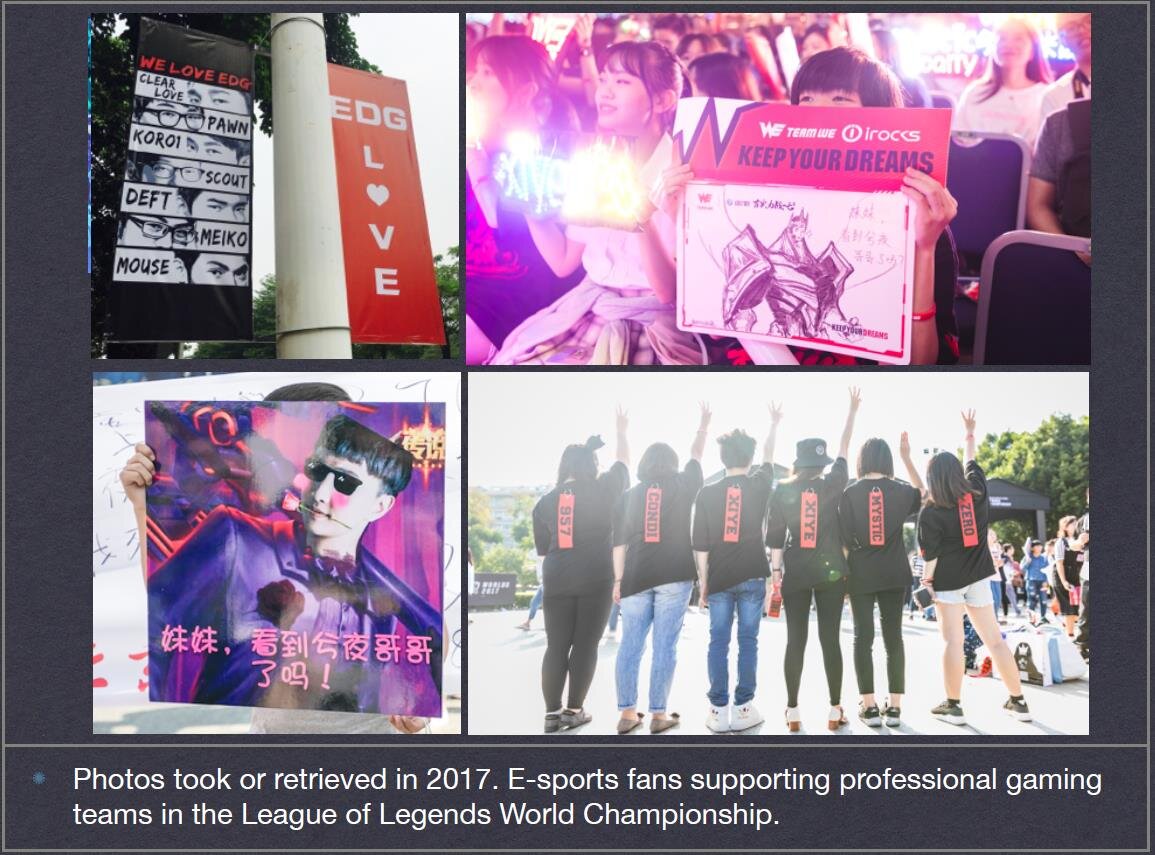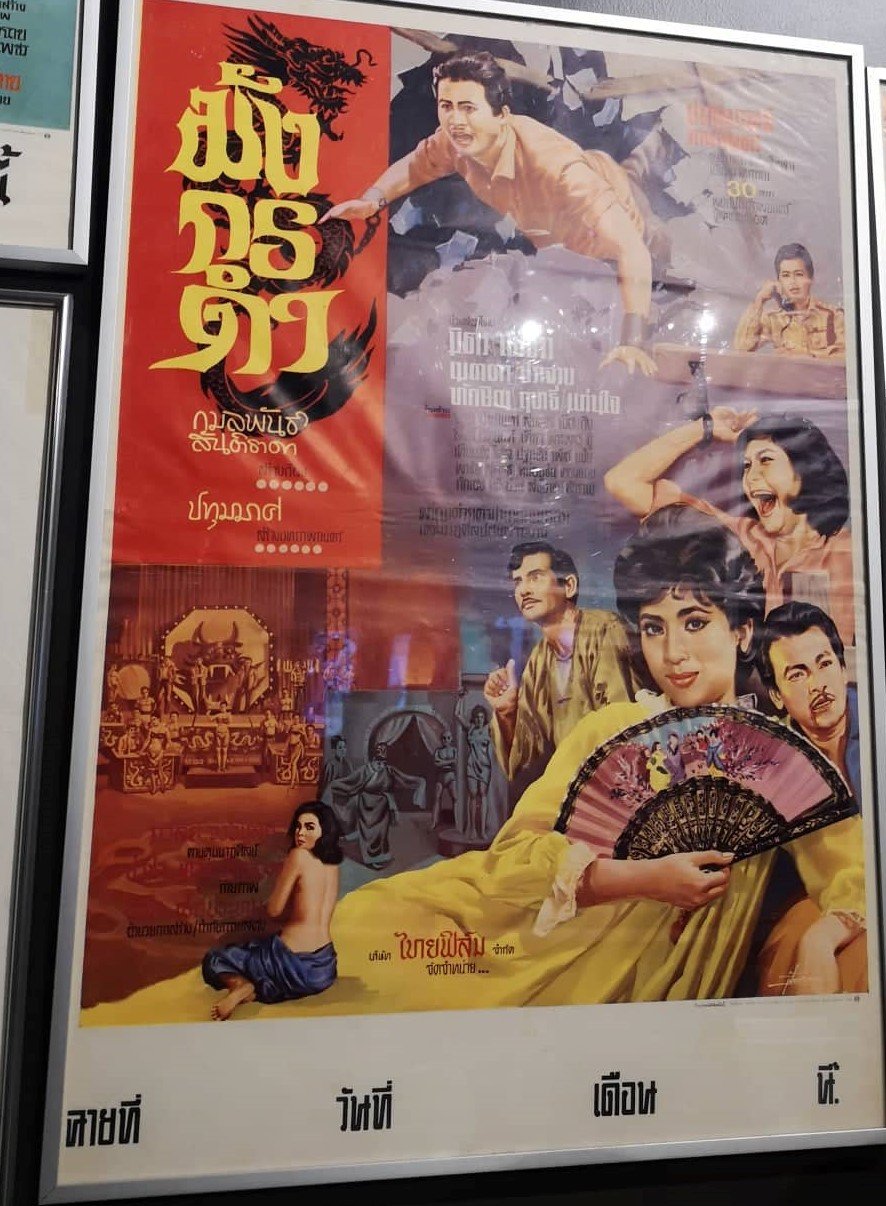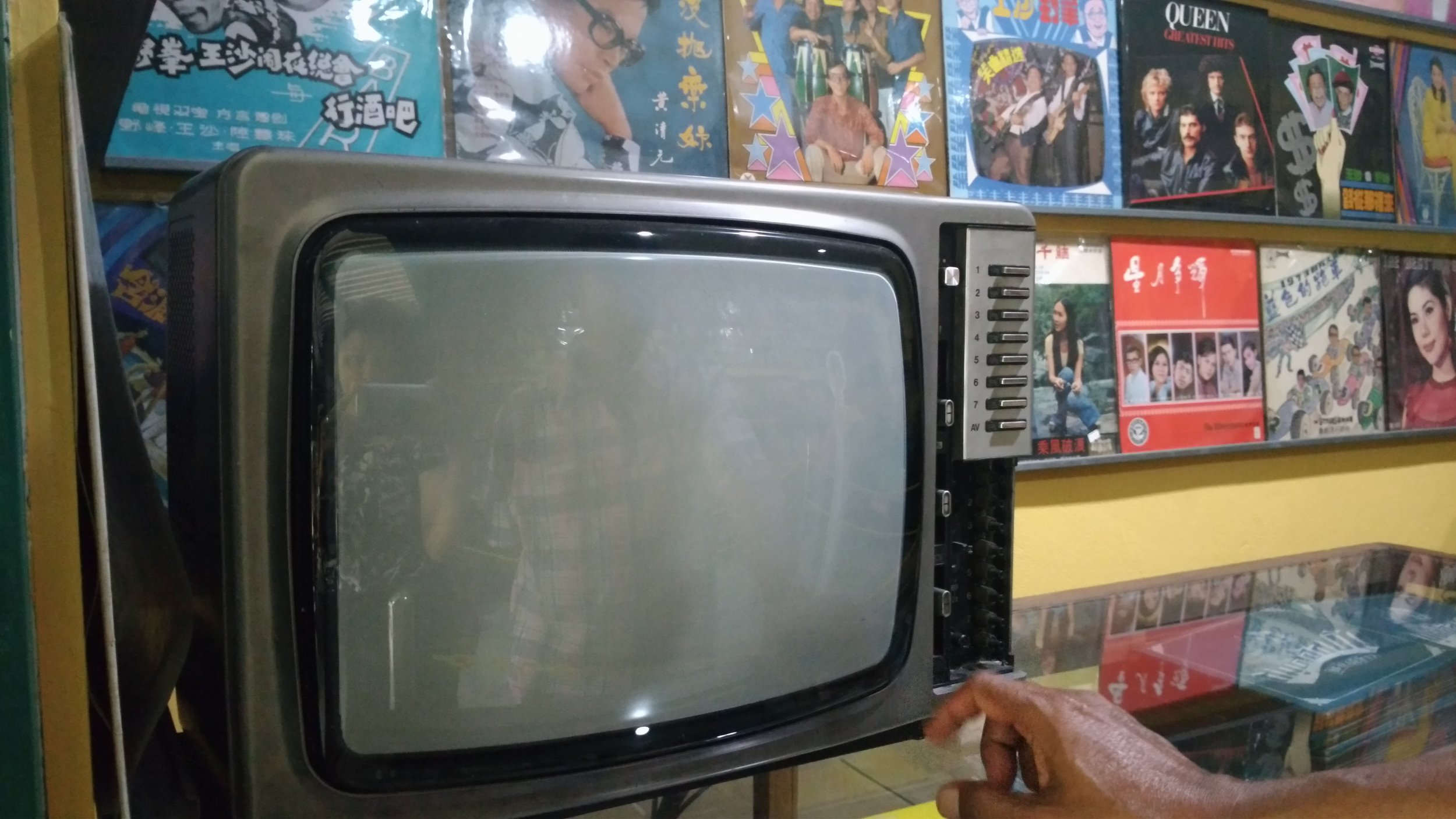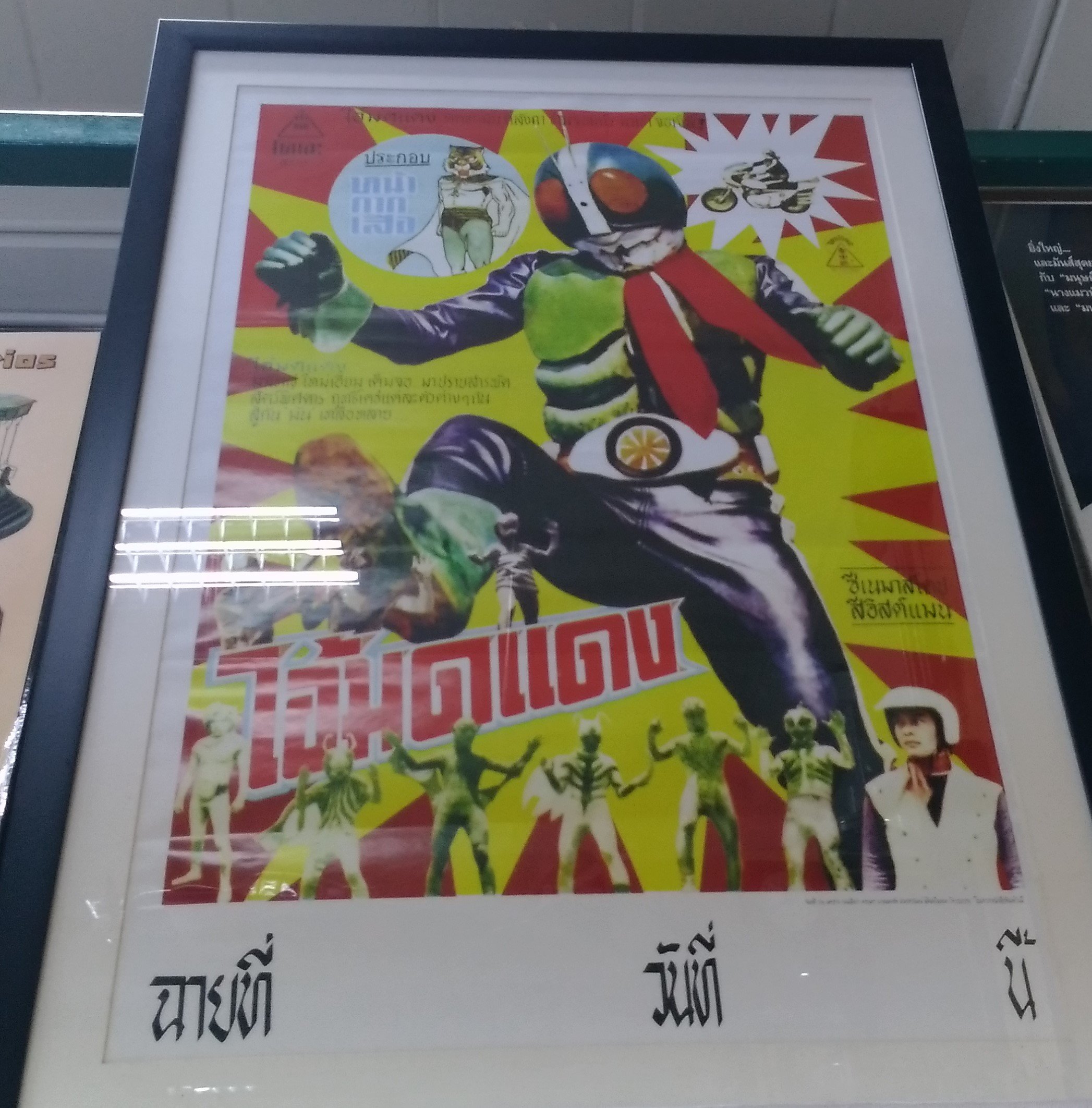Global Fandom: Innocent Ebere Uwah (Nigeria)
/Fandom is typically a global consumption practice. Among the platforms where it is visibly contextualized in Nigeria are popular cultures like football, music, big brother Naija, comedy skits, and Nollywood films with different genres and stars having large followers among the audiences. Being the nation’s film industry, Nollywood in particular, is very popular with prosumers – (producers and consumers) – as it serves many sensations and tastes given fans’ identification with its storylines, stars and thematic concerns. Although my interest in media studies has overtime been focused on Nollywood studies, I am drawn to discuss the Zee World television channel here in the same light as Nollywood genres since it is consumed in the same fashion and mode as films on television screens. Again, both share borderline connections such as the overarching use of dialogue to drive storylines and excessive use of visual effects to punctuate narratives. There is reliance on emotional appeal to inflect suspenseful key motifs in them. Added to these is the idea of audiences taking both Nollywood and Zee World representations as purveyors of good spoken English language techniques and social behavior mannerisms for possible identity construction and affirmation.
Zee World is a Bollywood English Language television channel and program that is made available to consumers in Nigeria via the South African satellite television network provider, DSTV, owned by The Multichoice Group. It plays melodrama in seasons and is replete with excesses of emotion, sensation and suspense. Of course, many things can trigger one’s interest in consumption practices of media fans, but one which makes me consider Zee World’s patronage in Nigeria is not only because of the massive number of consumers it has but the nature of its reception contexts as an example of Bollywood, in competition for fans and audiences, with Nollywood in the country.
Most young people love arts and follow it up wherever it is showcased insofar as it is beautiful and satiating. Zee World is one of those with every melodramatic quality: filled with excesses of emotion and dialogue. Its depictions are more of romantic stories that tend to elicit responses from passionate viewers, most especially the young and females in particular. Of course, this is one of its high points and one of the key reasons why it attracts most people to its viewership. People do not only love watching romance on television but follow emotions as cast on screen to identify with characters and their stories. They watch and comment alongside the narratives as the ‘seasons’ unfold progressively. Reporting their joy in watching Zee World, some Nigerian women interviewed for this write up point to their escapism with the television program based on a few things, such as the admiration of the portrayal of Indian culture on, the sense of fashion and jewelries used by cast and the tropes of romance that is differentially suspenseful. One person who emphasized this is Salome[i], a thirty-two-year-old woman who loves watching Zee World with her husband. According to her:
As for me and my husband, we like watching Zee World and while doing so, you discover that you are lost in suspense because they have lots of seasons and you cannot predict the storylines. I like it because it is a friendly television program. You can hardly see in Zee World where people kiss or openly romance, unlike some others that can make a family uncomfortable. I think they respect the Indian culture just as seen in Bollywood movies. My children watch Zee World with me and my husband because there is no fear of misleading them with excessive romance on screen, not to talk of sex and I love the sense of fashion they show…Zee World respects the Indian culture. They hardly swift away and keep to the rules of their Indian culture. It resonates with us as a young couple because the stories are all about giving love and receiving love. The cast do the normal things movies portray, such as real emotions, culture, jewelries and nice costumes. Also, I love seeing them portray emotional commitment and couples reasoning alike and trying not to hurt each other…it just feels nice watching the episodes.
Fandom as implicative here therefore, refers to the exuberant and habitual performative consumption of the screen actions that the Zee World television melodrama helps us decode among Nigerians, especially young women, by looking at key mannerisms underlying the sites and moments of its consumption. Even though, an analysis of this nature may not easily tally with expectations that pertain to digital platforms where fans have a network of friends engaged in chatting and discussing their views, yet; activism in media consumption, especially in Nigeria, where some limitations do not yet guarantee full blown netnography of audiences cannot easily be ignored based on premises that pertain to digitization. It will be denying the truth if one thinks that not much of interactivities take place between Zee World texts and its numerous consumers across Nigeria, albeit in the domestic rather than online spaces. For other fans like Agnes[ii], who takes her womanhood serious, “Although Zee world is my favorite television program, the stories can at times be disrespectful to women… toiling with their emotions…. but the one character I love most is Zara. Zara, in one of the episodes fought hard for the right of women…if men have the right to work, then the female folk has to have the same equal right to work…she fought for her right and I love her and her role.” Like Agnes so also is Juliet[iii], another young woman of twenty-nine years who believes that Zee World resonates with her mainly because of her position as a newly married woman and the lessons it helps her learn. According to her, “I love it when I see a good storyline and the cast playing captivating roles in Zee World. Over 90 percent of Zee World films I have watched has marriage and family settings…. they show how a good number of people live together as a family, both the young and the old. So, as a young woman who has a new home, I love to watch it and learn how I can handle my home and live with good number of people and accommodate them.”
There are ample reasons to robustly think that there are Zee World fans in Nigeria than can be imagined. Apart from the one-on-one personal communications I have had with most Zee World fans; I have experienced the joy and laughter of a group in catching up with the episodes even in my sitting room. I once invited some young people to a meeting and while we were waiting to form the quorum, the television set was on and people, mostly young women, could be seen discussing a Zee World episode going on at that time passionately with convincing knowledge of plotlines from its beginning and using names of casts to drive their analysis. Again, at some other gathering, I have seen couples leave an assembly earlier than others because they would not like to miss a show out of the ‘seasons’ of their favorite Zee World television program. In other words, Zee World has become a household word and a catch phrase in the Nigerian lexicon currently. There are both passive and active consumers. Most importantly, there are engaging and vibrant fans who follow the ‘seasons’ on regular basis and have deep-seated knowledge of the history and storylines of the programs. Corroborating the popularity of Zee World in Nigeria, a filmmaker I cited his work in my article decided to encode frames of family members watching Zee World in one Nigerian (Nollywood) film, titled Dancing Queen[iv] (Chidebe, Mac-Collins, 2017). By doing so he foregrounds the connection of people with Zee World and showcases the high level of patronage the Indian melodrama receives in the country.
Strictly speaking, discussing fandom in Nigeria can be engaging from many fronts. But the idea behind limiting it to Zee World here is with the mindset of conducting an ethnography that can be managed in terms of exploring the nature of its consumption practices among young people who have access to it via cable television network. Such a study will dovetail not only the personal contexts of its consumers but also the uses they make of the screen narratives and the nature of their consumption modes. Doing so will not only reveal further the place and status of fan studies in Nigeria but also significantly help to map out the unique characteristics of the fans of Zee World in the Nigerian context.
About the Author
Dr. Innocent Ebere Uwah is a Reader in Film Studies, at the Department of Theatre and Film Studies, University of Port Harcourt, Nigeria. His research interests are on the interface between representations and cultures, Nollywood and media education, identity constructions in films and religion communications.
[i] Salome, not the real name, personal communication on 01/21/22.
[ii] Agnes, pseudonym, personal communication on 01/20/22
[iii] Juliet, pseudonym, personal communication on 01/25/22
[iv] See: Uwah, I. E. (2019). Repositioning Nollywood in a Struggling Economy: The Need to Reform a Self-Help Industry for Maximum Impact in Nigeria. Black Renaissance Noire. Volume 19. Issue 1. New York University. USA. Pp. 126 – 135.
\



